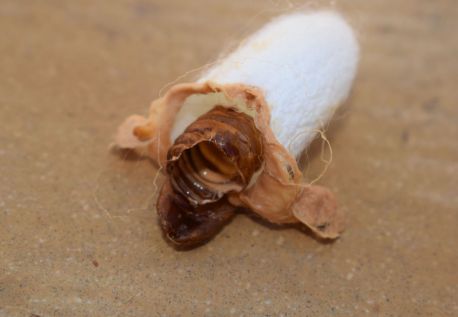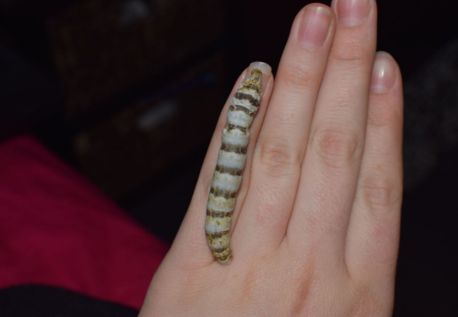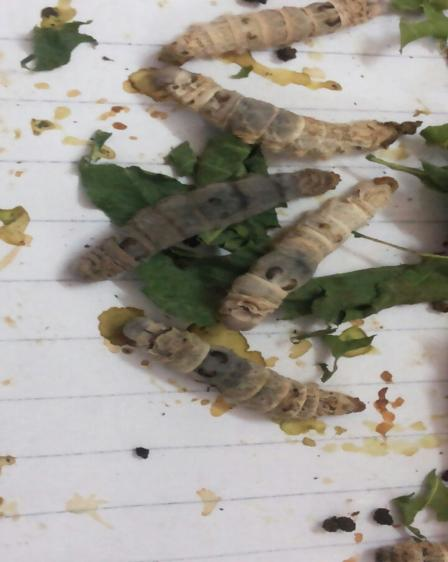Common Uses of Silkworms

The most common type of Silkworm – Bombyx Mori – have been farmed so heavily for the past 2,500 years – all over the world – that they can no longer be found in the wild.

They only eat the fresh leaves off a Mulberry Tree, or artificial Silkworm food – Silkworm Chow – made predominantly from crushed Mulberry Leaves. It must be noted, that the quality of Silk and mortality rate is much improved when worms are reared on Mulberry Leaves – as opposed to Silkworm Chow.

Street vendors in China roast the pupae. The Chinese also use the dried bodies of silkworms to produce a medicine intended to relieve flatulence and bodily spasms as well as dissolve phlegm.

The most common reason for rearing Silkworms is for the extraction of their Silk – however this is only a worthwhile enterprise when raising thousands upon thousands of Silkworms. For example it requires over 2,500 Silkworms to produce just 1 pound of Silk, and one tie alone requires almost 150 Silk cocoons. In Asian countries – where most Silk comes from – most farmers raise in excess of 200,000 to 1,000,000 Silkworms at any one time.

The life cycle of a Silkworm is a fascinating one, taking just two months to complete (+ incubation time) from kego to moth. In the first month, as a worm, the Silkworm will increase its size over 10,000 times its original weight – more than any other animal!


Just for fun
Observing their life cycle—from tiny eggs to caterpillars, then to cocoons, and finally emerging as moths—provides a unique and fascinating experience. Many people find the process of nurturing silkworms and watching them spin their delicate cocoons to be both rewarding and relaxing.

Classroom
Silkworms are excellent educational tools in classroom settings. They provide a hands-on learning experience for students, helping them understand topics such as biology, life cycles, and environmental science. Teachers often use silkworms to teach students about metamorphosis, animal husbandry, and the importance of silk in various cultures.

Live feeders
Silkworms are highly nutritious, offering a good source of protein, vitamins, and minerals essential for the health of pets. Many reptile owners prefer silkworms because they are easy to digest and can help improve the overall well-being of their animals. The movement of live silkworms also stimulates the hunting instincts of reptiles, providing both physical and mental enrichment.

Pet feeders
Silkworms are also popular as feeders for birds, fish, and other exotic pets. Their soft bodies and high nutritional content make them an excellent food source for a variety of animals. Pet owners appreciate that silkworms are less likely to cause impaction compared to harder-shelled insects.

Research
Silkworms are valuable subjects in scientific research due to their relatively simple genetic makeup and ease of care. They are often used in studies related to genetics, developmental biology, and disease. Researchers utilise silkworms to investigate the effects of various substances, such as drugs and toxins, on living organisms.
Raise your own silkworms from home!
Bite-sized news slipped straight into your inbox
Subscribe and get 15% off your first order.















